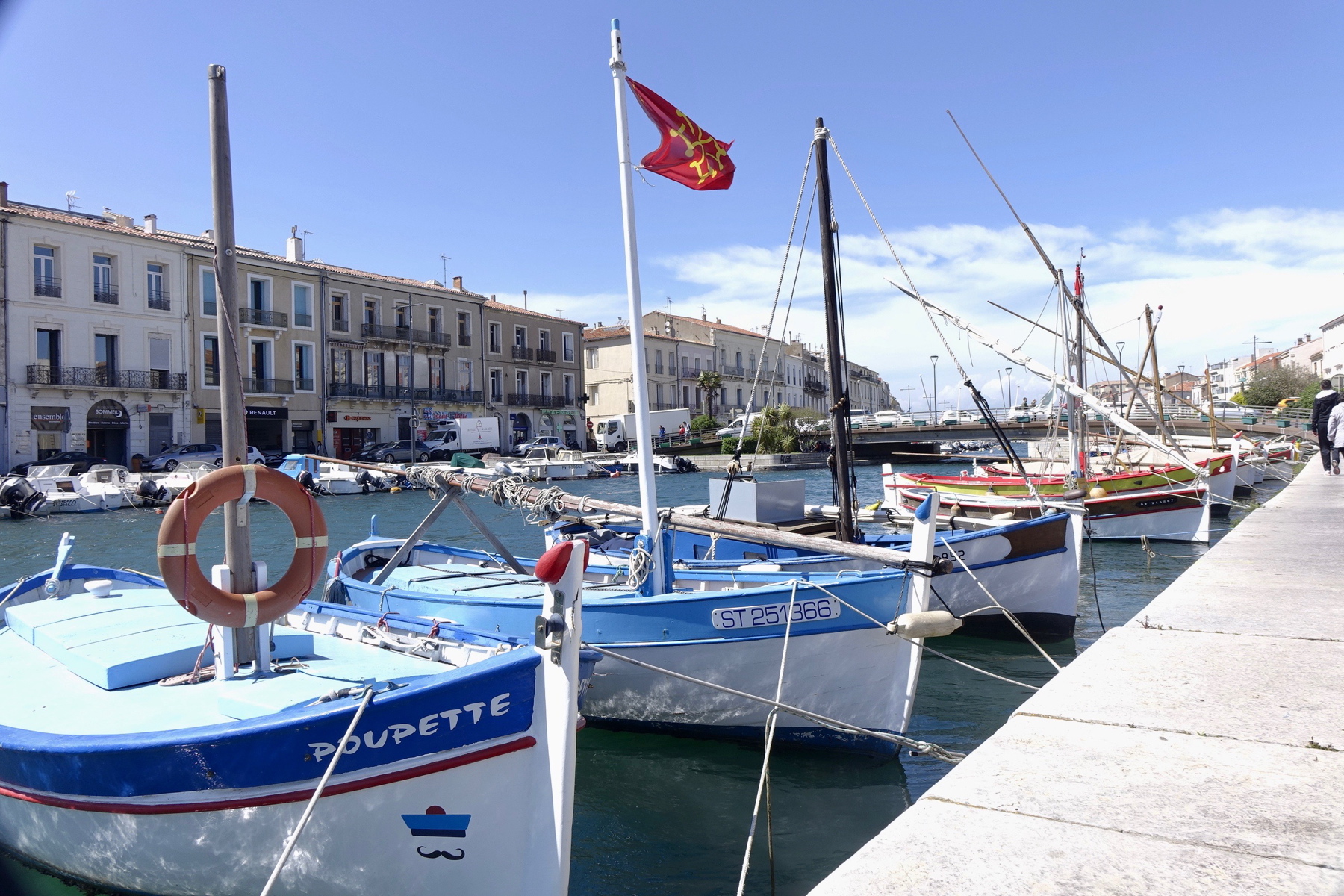![]() American women have long envied svelte, sophisticated French women who indulge in forbidden culinary pleasures yet remain slender. The French, who savor high fat chocolates, high cholesterol cheeses and high priced wine, to boot, should be role models for the rest of the world. Ironically, the society that lives to eat could set health trends. French focus wholeheartedly on food.
American women have long envied svelte, sophisticated French women who indulge in forbidden culinary pleasures yet remain slender. The French, who savor high fat chocolates, high cholesterol cheeses and high priced wine, to boot, should be role models for the rest of the world. Ironically, the society that lives to eat could set health trends. French focus wholeheartedly on food.
A French dinner party conversation is a lesson in verb conjugation. The discussion revolves around what is being eaten in present tense, what was eaten in the past and what will be eaten at the next millennium. Mealtime is still sacred. So much emphasis on food makes one less likely to eat anything, any time of day. Snacking is limited to once a day at 4 pm sharp. La gouter, which means taste, not gobble, not gorge, gives one permission to sample a sweet or savory treat.
French females remain lean by running the country, flitting from one chore to another, while balancing precariously on high heels. Not only do they work full-time, they collect the children from school, buy baguettes daily, and pick up fresh produce in open markets. They take time to fondle tomatoes, pummel melons, and squeeze nectarines testing for ripeness. They wait in line to order fresh cut chops, but butchers beware. No wrath is greater than that of a French woman’s who has been sold poor quality cuts of meat. French women are never more demanding than during transactions dealing with food.
The French savor foods with full flavor that pack a punch, pungent cheese that singe nose hair, Dijon mustard that puts hair on the chest, and coffee, so strong, that hair spikes straight up.
It is not so much what the French eat, but what they don’t eat. Deep-fried meats and fish, chips and crackers and our beloved sandwich are taboo overseas. Serving size does matter. Crackers, sold in tiny, palm-sized mini boxes are nibbled, but only at the aperitif. Petit fours, pinky sized tarts, éclairs and cakes are served in bite-sized pieces for dessert.
Petit aptly describes the French and their serving sizes. Food is served in mini courses on plates ascending in size from doll-sized saucers to starters to entries on full size dinnerware. Then the plates shrink again up to the grand finale, a sculpted dessert that leaves most of the plate empty for artistic effect.
Serving food in courses forces the diner to slow down. The traditional French meal lasts hours. A dozen plates will have been used for each place setting. By the time the first courses have been eaten, the brain will have hit the snooze button and no longer send those subliminal messages calling for cookies, cakes and ice cream.
The French are also major producers and consumers of yogurt and milk based products. Laitage is a standard dessert and there are 100 different varieties of puddings and yogurt products. The French got it right again. Recent studies prove calcium consumption reduces weight.
Chocolate, too, has gotten a bum rap in the past. Now the propensities of chocolate are being tooted for health benefits. The darker the chocolate, the fewer calories and more of those mood-boosting endorphins. French women adore chocolate, but rather than devouring the whole bar, they only indulge in one piece of rich, high calorie, ultra dark chocolate from a fancy box that costs more than my mortgage.
Another anomaly, whereas beer-guzzling Americans put on beer bellies, French wine drinkers remain lean and studies show that imbibing improves health. Red wine is beneficial for the heart, helps lower cholesterol and aids digestion.
Darned if those cultivated, French connoisseurs haven’t gotten the best of us of again.
Their savoir-faire and appetite for pleasure “à une bonne table” created a lifestyle where wellness is assured by living to eat right.












 e the chalet’s front door is the date it was built. The old huts were remodeled to make mountain homes. As historical landmarks, any alteration must be approved by the Swiss government. Many have been restored, renovated and expanded, yet retain the original wood.
e the chalet’s front door is the date it was built. The old huts were remodeled to make mountain homes. As historical landmarks, any alteration must be approved by the Swiss government. Many have been restored, renovated and expanded, yet retain the original wood.


